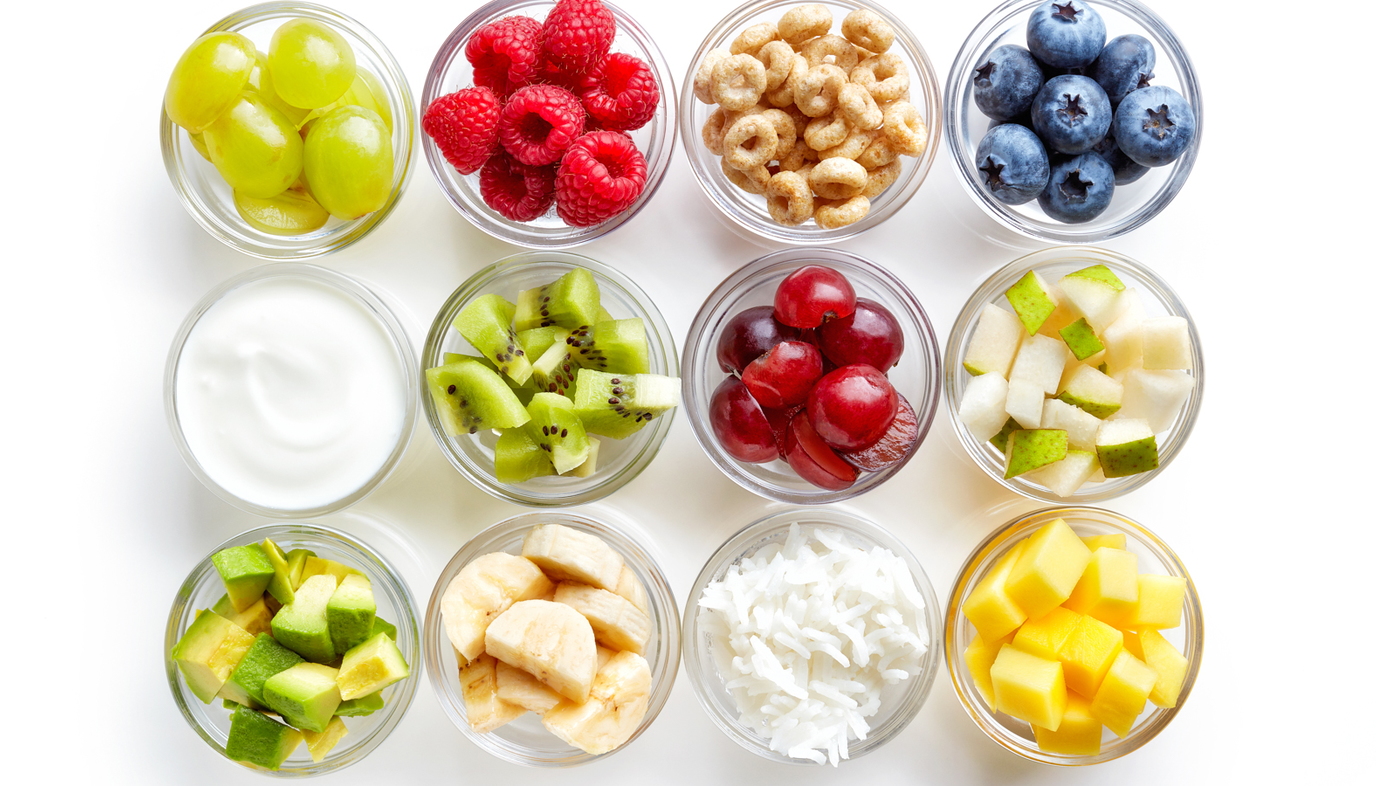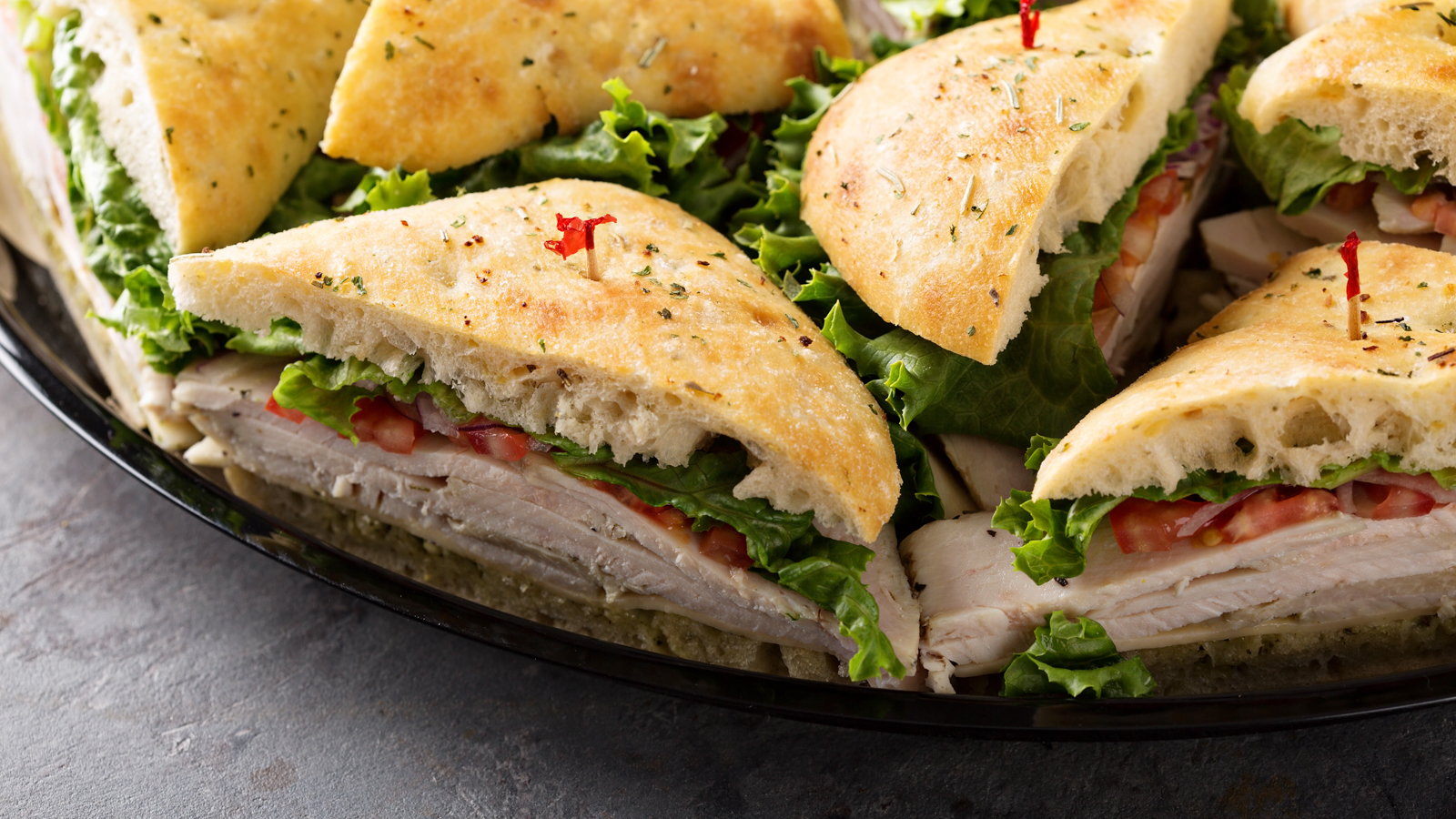
Toddlers love being able to do things for themselves, and that includes feeding themselves. Many toddlers eat unsweetened oat cereals and a variety of crackers as their typical (or only!) finger foods. But there are other healthier and less-processed choices that will help balance your child's diet and increase the foods and tastes they accept.
While these all make good snacks, you can easily use a mix of finger foods to create a full, well-balanced meal. By feeding your child regular foods rather than packaged "toddler food," you can meal-plan so that your toddler is eating essentially the same meal as the rest of the family. This will make it much easier to eat with your toddler and model good eating habits. You will also set the pattern for family mealtimes, whether your family meal is breakfast, lunch, or dinner.

Just remember that any finger food you prepare should be easy for your child to handle and not present a choking hazard. Vegetables should be cooked so they're soft enough to mush up easily, and everything should be cut into tiny pieces (for younger tots, about the size of an oat "O"). A whole grape, for example, is too big for your toddler's airway and could present a choking hazard. (Grapes will need to be cut in half or smaller.)
Here is a List of Healthy, Homemade Finger Foods to Try:
• Frozen peas and corn – defrost them slightly simply by running them under cool water.
• Cooked vegetables – cut into small pieces—carrots, broccoli, and summer squashes can be steamed or boiled; sweet potatoes and winter squash can be baked.
• Ripe fruits, cut into small pieces – banana, pear, mango, melon, kiwi. For some variety and added nutrition, dust the pieces with wheat germ or flaxseed meal. Cut grapes in thirds or halves.
• Ripe avocado – cut into small pieces.
• Scrambled egg – plain, or make a toddler "omelet" with shredded cheese, chopped tomato, or other tiny add-ins.
• Grated/shredded cheese – serve this straight, or add to scrambled eggs, beans, or pasta.
• Beans – either home-cooked or rinsed canned beans. Larger beans should be cut in halves or quarters for younger toddlers. Hummus also makes a great dip for kids who think they don't like garbanzo beans.
• Whole wheat pasta – use smaller shapes or cut larger noodles down to size for younger toddlers. Serve plain or with butter, shredded cheese, sauce, or cooked vegetables.
• Fish – choose only low-mercury choices, such as light non-albacore tuna. Talk with your pediatrician if you are especially concerned about mercury contamination.
• Shredded soft meat – chicken thighs or beef cooked in the crock pot until they are tender and shredded is a great part of a taco bar, and also makes a great toddler finger food.
• Unsweetened cereals – oat "O's" are a fine whole grain finger food and a favorite of many toddlers. Cereals should simply be one of a variety of foods you regularly offer.

Older toddlers can eat a wider variety of finger foods, as they are better at feeding, biting, and chewing:
• Quesadillas – (grilled tortillas with melted cheese inside) cut into bite-size pieces or wedges.
• Sandwiches – cut into pieces for easier handling.
• Wraps – you can even use deli roast beef as the "tortilla".
• Muffins – zucchini, carrot, or berry. Mini muffins are great for toddlers.
• Berries – blueberries, raspberries, and blackberries are good for older toddlers, though large ones should still be cut in half because of the choking hazard.
